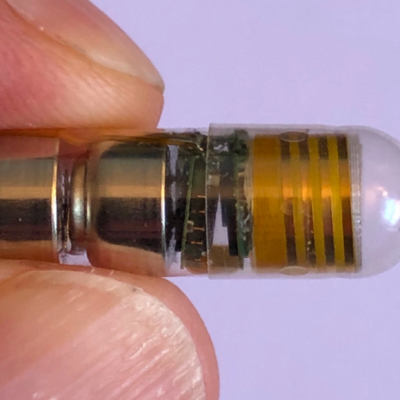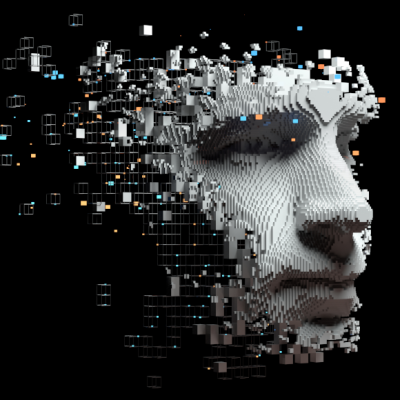A new machine learning technique has significantly improved the image quality of optoacoustic imaging, which could also be used to improve image quality in other areas, such as cancer diagnosis. Researchers from ETH Zurich and the University of Zurich have published an article in the journal Nature Machine Intelligence, introducing a new method of machine learning that improves the results of optoacoustic imaging. The technique is used to detect breast cancer and skin diseases, as well as to make the brain activity and blood vessels of humans visible. The optoacoustic imaging technique is comparable to ultrasound imaging and uses laser pulses that are sent through human tissue. The pulses are then converted into ultrasound waves and sent back, with sensors receiving the ultrasound waves and creating an image from the data.
The quality of the optoacoustic imaging is strongly dependent on the number of sensors used. With the new Swiss-developed technique, it is possible to maintain image quality while reducing the number of required sensors. This significantly increases the imaging speed and reduces the production costs of the devices. Alternatively, image quality can be further increased with the same number of sensors. The researchers used a self-developed optoacoustic device with 512 sensors, which provides very high image quality. Images from this device were then evaluated by an artificial neural network that learned what high-quality optoacoustic images look like based on training data. The researchers then created a series of images using only 128 or 32 of the original 512 sensors, resulting in significantly lower quality images with stripe-like interference signals. After processing the previously trained machine learning system, which was able to filter out the interference signals, the image quality increased almost to the level of the images produced with 512 sensors.
In addition to optoacoustic imaging, the machine learning system can also support the work of doctors in other areas, as only the finished image needs to be analyzed, not the raw data. According to study leader Daniel Razansky, “the technology can generally be used to produce good quality images with less raw data.” With the potential to improve image quality and reduce costs, this new machine learning technique could have a significant impact on the medical field.










